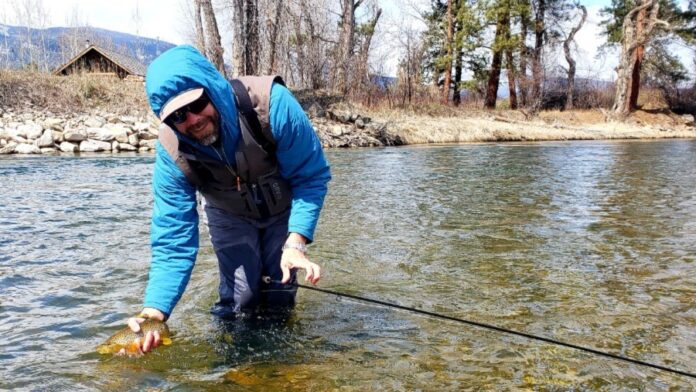Photo by Evan Jones
If you want to catch a trout between the months of December and March, tailwaters will likely be your best bet, if not your only option. Chasing the highly-educated trout that inhabit these highly-pressured waters requires not only good presentation, but good fly selection as well, since the fish have learned many different ways to pick out fakes. But that doesn’t mean you have to come up with an entirely new nymph in order to catch picky tailwater trout. Surprisingly enough, the most basic patterns are often the most effective, perhaps because their simple designs are less likely to alert overly-wary fish. Here are 3 of the simplest tailwater nymph patterns that you can count on when fishing tailwaters across the country:

Consisting of just two materials–a thread body with a fine wire wrap–(and perhaps a bead), this streamlined fly might not be very eye-catching, but it consistently fools even the most experienced trout. The generic profile is suggestive of a wide range of both midges and small mayflies, which might help to explain this fly’s near-universal efficacy. Try experimenting with different color threads.

There is a staggering variety of small, technical mayfly nymphs, but the WD-40 combines two aspects that are particularly useful for anglers pursuing pressured fish: it lacks a bead head and flash of any kind, both of which can turn off finicky trout. I’ve landed more than one trout on a WD-40, only to discover another WD-40 broken off in its mouth, which is a real testament to their lasting appeal.

Many anglers regard the Brassie as a long-forgotten chapter of fly-tying 101, but in my experience, it’s still a consistent producer on tailwaters everywhere. The added weight of the wire body keeps it riding down in the strike zone even without a beadhead, and its dull shine attracts attention without the gaudiness of artificial flash. Try using different colors of wire body, or adding some additional textures as shown in the variant above.
Credit: Source link






























